Today we’re checking out the world of Nissan’s automated guided vehicles.
For the uninitiated, they’re mobile machines that help workers in factories – and they’re evolving thanks to the second life of LEAF batteries.
Automated guided vehicles, or AGVs, deliver parts to workers. They’re essentially robotic mail carriers, whizzing along magnetic tracks delivering components as cars are built.
This means a worker doesn’t need to spend time searching for a part but can focus on installing it – saving time and boosting a plant’s efficiency.
Nissan manufacturing plants are busy places and AGVs have become indispensable.
At Nissan’s Oppama factory, south of Tokyo, there are more than 700 AGVs. Peek inside other Nissan factories around the globe and you’ll find more than 4,000 hard at work.
So how did the AGVs come about?
Nissan was exploring new ways to reuse Nissan LEAF batteries – and the world of LEAF and AGVs merged.
The first-generation LEAF was fitted with a 24kWh battery pack. These lithium-ion packs were made by combining 48 modules. About eight years ago, Nissan’s engineers found a way to take three of these modules, repackage them and fit them inside an AGV.
Last year, they took this idea to a new level by using repurposed battery modules, instead of new ones, to power AGVs.
Nissan, together with 4R Energy, has been a pioneer in giving batteries from electric vehicles a new life in powering its AGVs.
They were not powerful enough any more to run a car, but perfect for a machine scooting around a factory. This made electrification of mobility an even more sustainable proposition.
AGVs with the lithium-ion batteries, new or repurposed, charge faster. Plus, workers no longer need to take out the batteries to plug them in.
The AGVs simply stop momentarily at the charging station along their route and top up at each passing. This saves huge amounts of time.
The repurposed LEAF batteries also last longer – a lot longer. While lead-acid batteries were typically replaced every year or two, the repurposed LEAF batteries are expected to last seven to eight years. Fewer batteries means less impact on the environment and another step towards carbon neutrality.
“Our customers benefit too. When used EV batteries become more valuable, trade-in prices rise,” says Masashi Matsumoto, who promotes the development of AGVs at Nissan’s Production Technology Research and Development Centre.
“With more ways to use batteries, the overall residual value of the LEAF has increased.”
AGVs are continuing to evolve. For now, each machine is bound to the magnetic path laid down for it. Changing these routes – pulling up the magnetic tape, laying new tracks and updating computer programmes – takes time and money.
But maybe not for much longer. Just like the LEAF’s battery allowed AGVs to work longer, developments in autonomous driving could free factory assistants from the magnetic tape.
As cars continue to evolve, so will the factories making them.




